Midnight in Paris: a light comedy with serious overtones
Of all Woody Allen’s films, Midnight in Paris is perhaps the lightest and brightest. It is designed primarily for fans of Paris, but fans of lyrical comedies and those who are prone to nostalgia for the past enjoy watching it. At the same time, the film is so chaste, so to speak, that it should be shown to high school students as a visual aid – if, of course, some school conducts lessons on the theme “Life of a Bohemian in 1920s Paris”. But Woody Allen is too much talent to shoot beautiful trifles, and the outward simplicity of the film does not mean that its meaning is equally simple.

Why does the film start with a visual tour of Paris?
For the first 4 minutes of the film, we see only Parisian streets and sights, so an inexperienced viewer may suspect that some mistake has occurred and instead of a feature film he is shown an advertisement for a travel agency. Considering that the film only lasts an hour and a half, such a waste of screen time raises a logical question: did Woody Allen really want to emphasize in this way that the main character of the film is Paris? But this is already clear to anyone who has watched the film at least to the middle.
Of course, Allen is not that simple. Showing Paris, he invites the viewer to see and remember the beautiful city as it really is, because further we will see several different versions of the French capital.
What do Paris Gila, Ines and Paula have in common?
All the “modern” heroes of Midnight in Paris are American tourists, and at first glance it seems that there is a chasm between their perception of the city.

For the protagonist, successful screenwriter and unlucky writer Gil Pender, Paris is the city where Hemingway and Fitzgerald, Picasso and Dali, Matisse and Bunuel (and then there is almost a complete list of geniuses of the 1920s and Belle Epoque) …
For Ines, his fiancée, and her mother, Paris is a city of restaurants and boutiques.
For Paul, a friend of Ines, Paris is nothing more than an excuse to show his erudition, whether genuine or imaginary.
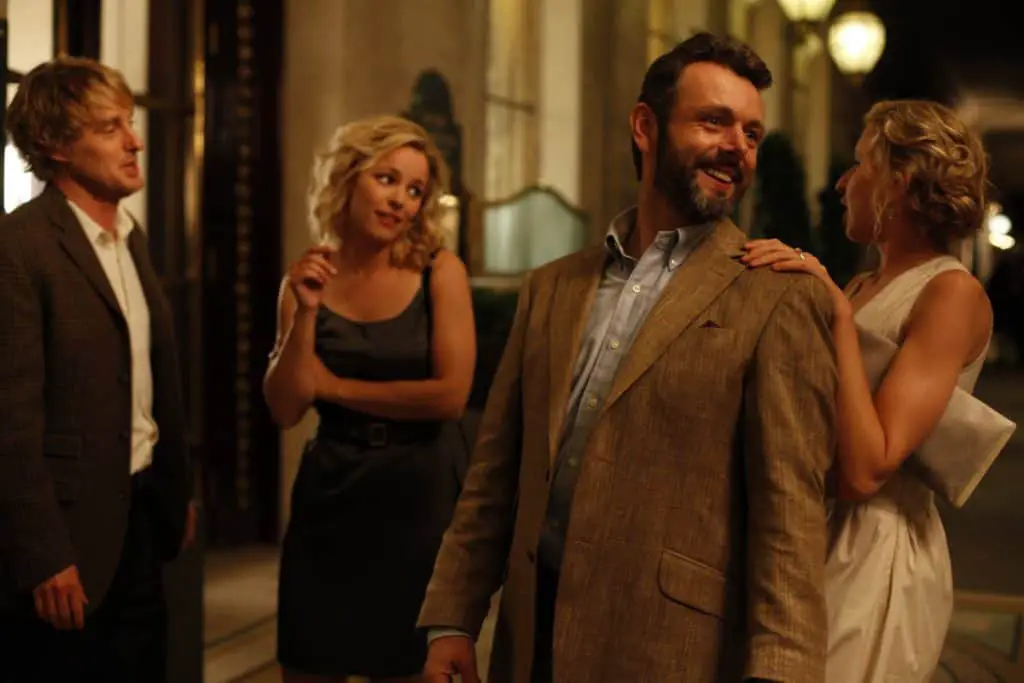
However, all these characters have one thing in common: the city for them is a means, not an end, they do not love Paris, but themselves in Paris. In other words, they are all typical representatives of the consumer era. With the subtlest, barely perceptible irony, the director shows this on the example of the mysterious nocturnal adventures of the protagonist.
Time machine travel
Exactly at midnight, a car from the past stops near Gil, in which Fitzgerald and his wife Zelda are sitting, and they pick him up at one time, when Hemingway was young, and Picasso was just beginning to move from Cubism to Surrealism. Pender finds himself in the thick of the bohemian life of the 1920s: his novel is read by the famous critic Gertrude Stein, his face is sketched in a notebook by Salvador Dali, and Picasso’s beautiful friend Adriana falls in love with him.
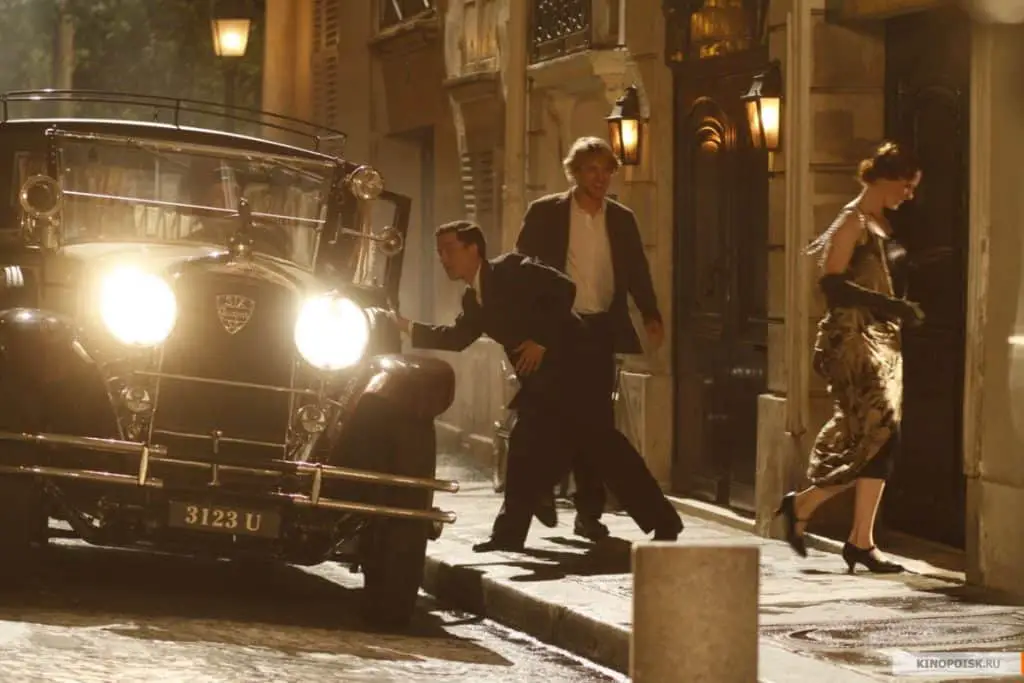
At the same time, the question inevitably arises: why is he – the rustic and boring Gil Pender – needed by all these geniuses? Why did they rush to entertain him? From the standpoint of psychological plausibility, the greats’ interest in an ordinary character looks strange. But from the point of view of the consumer, everything is logical: both Paris and bohemia were created so that Gil Pender could feel like a real writer. Moreover, it is unclear whether this bohemia exists in some kind of parallel reality – or in the imagination of an American.
What happened at night with Gil Pender?
The director does not give an unambiguous answer to the question of where the Californian screenwriter went at night: to the past or to the world of his fantasies. The first version – that he really ended up in the 1920s, having passed through some kind of time portal – is supported by the book of Adriana’s memoirs, which is translated for him by a woman guide and which mentions “American writer Gil Pender”, and the mysterious disappearance of the detective. The disappearance of the detective is explained by the fact that he was carried into the era of Louis XVI, who ordered to immediately chop off his head (and here Ivan Vasilyevich changes his profession immediately comes to mind). But who saw this, and where is the guarantee that the scene in the palace is not one of Gil’s fantasies? The book of memoirs is genuine, but it could have been about the American’s full namesake.
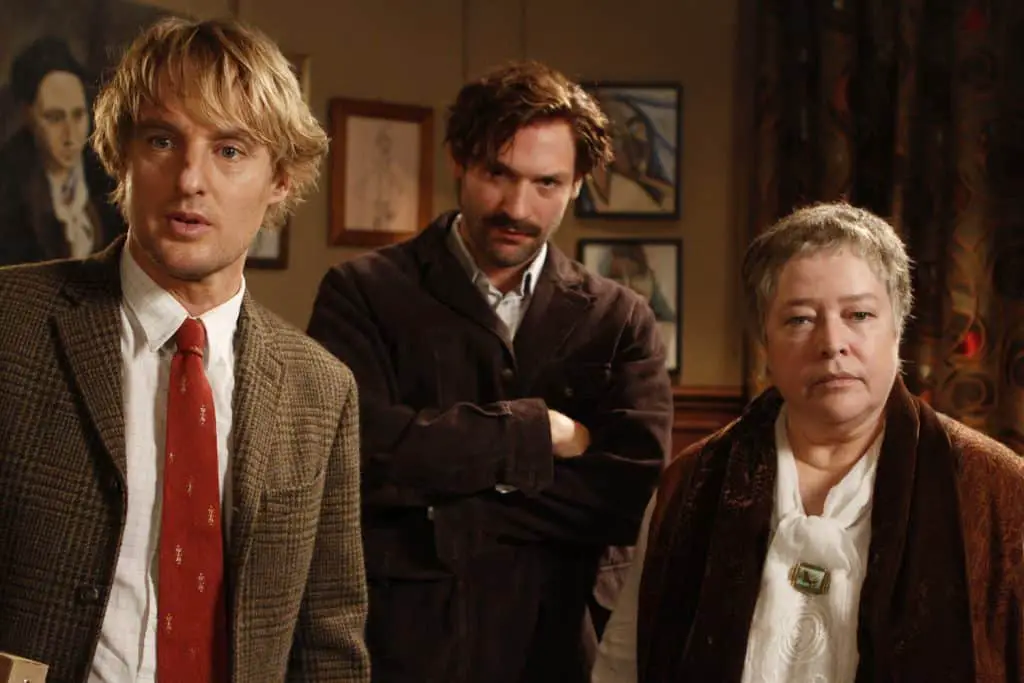
There are much more arguments in favor of the fact that adventures in the world of bohemia are Gil’s fantasies. This is evidenced by his role in this world – where, of course, everyone immediately became interested in him; and the continuation of time travel to earlier eras; and the complete absence of any material evidence of being in the past (what did it cost Gil to grab a newspaper or a box of matches from the past?).
But regardless of whether the walks in Paris in the 1920s and 1890s were genuine or fictional, the conclusions drawn by the hero are quite real.
What is the main idea of the film?
Gil Pender raved about 1920s Paris; living in this Paris, Adriana raves about the 1890s and remains in the world of Belle Epoque, while Belle Epoque artists rave about the Renaissance. It often seems to us that in the past it was better, that before everything was real – both people and feelings, and some are completely sure that they were born at the wrong time. And then this or that era ends, new generations come and begin to envy the time, which seemed to us too noisy, or materialistic, or somehow not so.
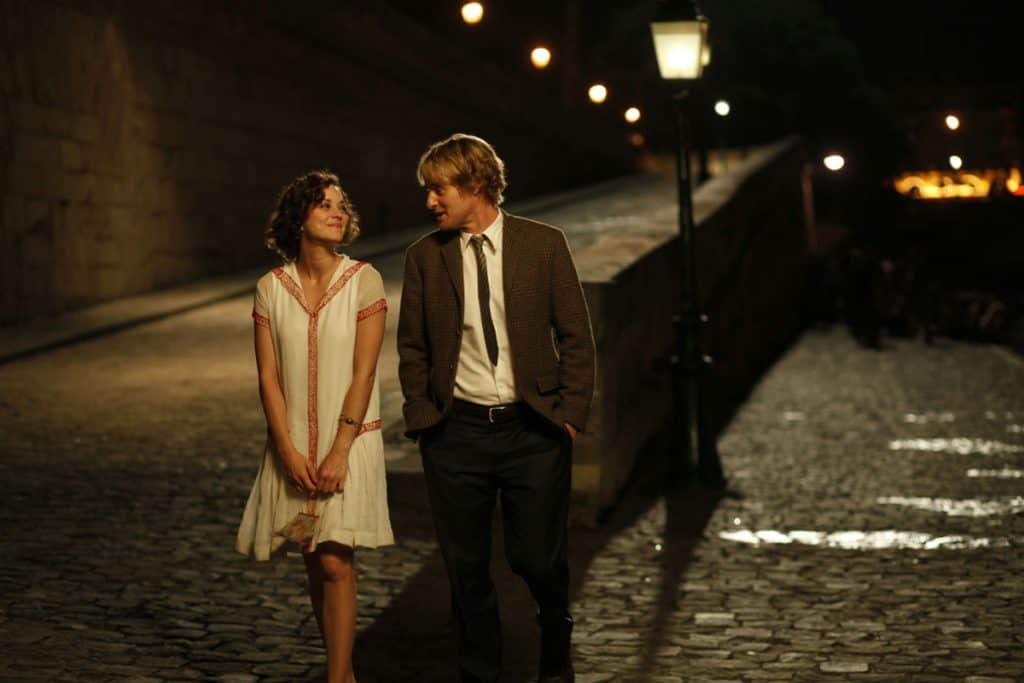
In fact, as Woody Allen shows us, all eras are good in their own way, but only one is real – the one in which we live. Plunging too much into the past, we risk missing the present, spending our only life on illusions and chimeras.
What is the point of the final shots?
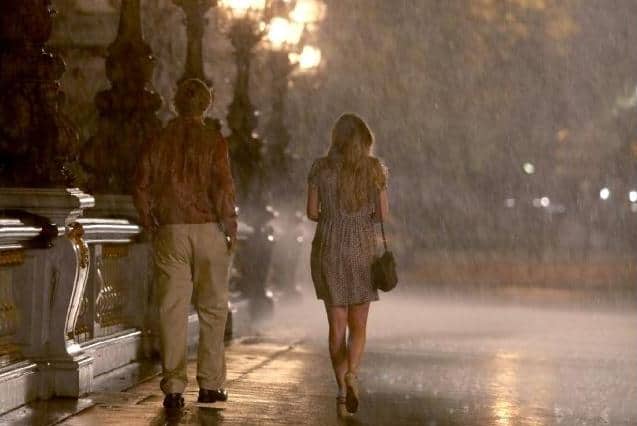 At the end of the film, Gil, having broken up with his fiancée, is again left alone in Paris at night, but a car from the past does not arrive. Instead, Gil meets Gabrielle, the saleswoman, and the couple runs merrily into the streets in the rain. Pender no longer needs fantasies about the past: he made the only right decision to live in the here and now.
At the end of the film, Gil, having broken up with his fiancée, is again left alone in Paris at night, but a car from the past does not arrive. Instead, Gil meets Gabrielle, the saleswoman, and the couple runs merrily into the streets in the rain. Pender no longer needs fantasies about the past: he made the only right decision to live in the here and now.







